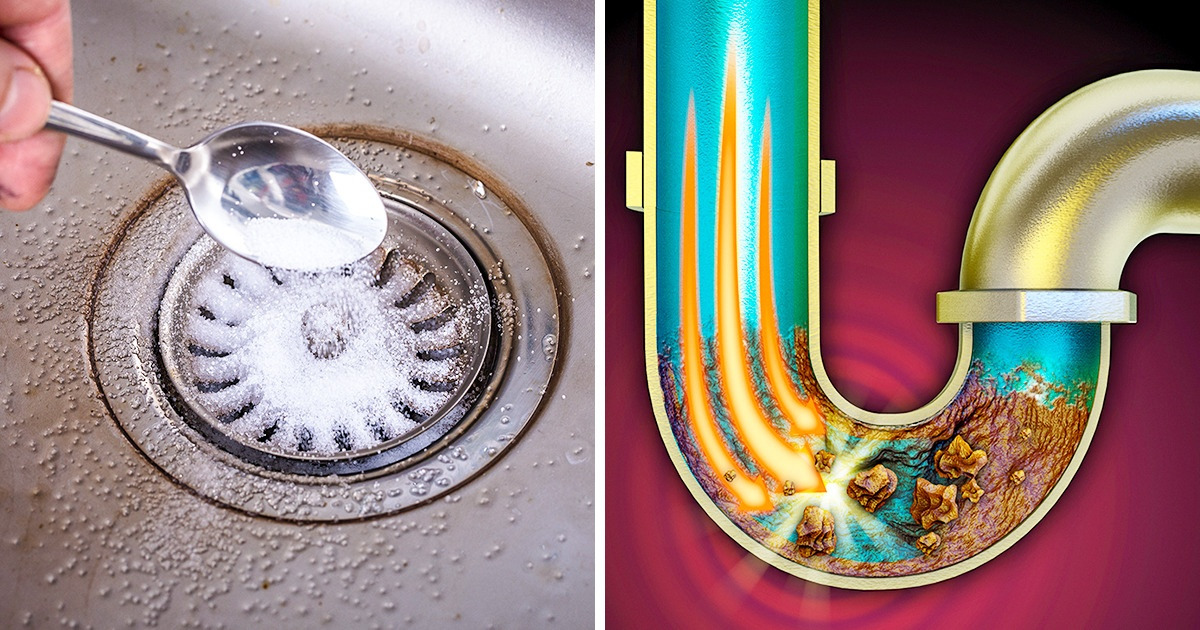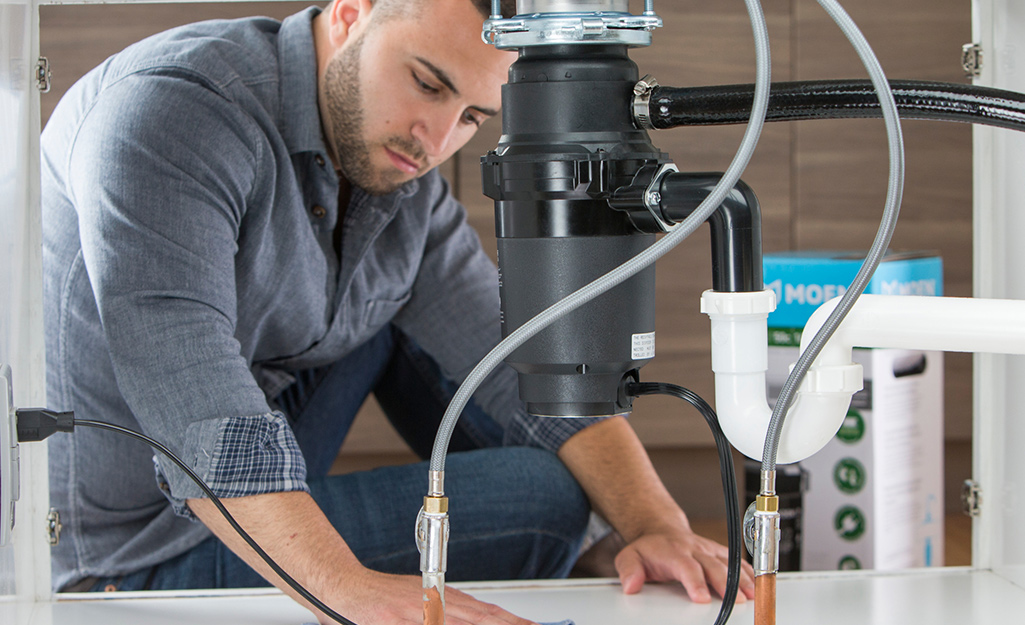Beyond The Plunger - 6 Factors Causing Your Kitchen Sink Backup
Beyond The Plunger - 6 Factors Causing Your Kitchen Sink Backup
Blog Article
On this page below yow will discover a bunch of high-quality data around Why Is My Sink Not Draining?.

It's not regular for your cooking area sink to congest several times in one month. If your sink blocks twice a week, there's some difficulty taking place.
A blocked kitchen drainpipe doesn't simply decrease your tasks, it degrades your entire plumbing system, gradually. Right here are some typical habits that urge sink clogs, as well as how to prevent them.
You require appropriate waste disposal
Reusing waste is terrific, but do you pay attention to your natural waste as well? Your kitchen needs to have 2 separate waste boxes; one for recyclable plastics and also one more for organic waste, which can become garden compost.
Having actually a designated trash can will certainly help you and also your household avoid tossing pasta as well as various other food residues down the drain. Commonly, these remnants absorb dampness and come to be blockages.
The mistake isn't from your kitchen area sink at all
Possibly the problem isn't from your cooking area sink, however the whole drainage system. In such a situation, you might discover that sinks and drains pipes get obstructed every other week. You need a specialist plumbing service to repair this.
You're throwing coffee away
Used coffee premises and coffee beans still soak up a significant quantity of moisture. They might appear small adequate to throw down the drain, yet as time goes on they start to swell as well as occupy even more space.
Your coffee premises should enter into natural waste disposal. Whatever portion escapes (maybe while you're depleting) will be dealt with during your regular monthly cleaning.
You've been eating a great deal of greasy foods
Your kitchen area sink might still get blocked despite having organic waste disposal. This may be because you have a diet plan abundant in oily foods like cheeseburgers.
This grease coats the within pipes, making them narrower and even more clog-prone.
Make use of a plunger
Your pipe wasn't repaired appropriately to begin with
If you have actually been doing none of the above, but still get regular blockages in your kitchen area sink, you should certainly call a plumber. There could be a trouble with exactly how your pipelines were mounted.
While your plumber shows up, look for any type of leakages or abnormalities around your cooking area pipelines. Do not try to deal with the pipes yourself. This may cause an accident or a kitchen flood.
Someone tried to wash their hair in the kitchen sink
There's a right time and place for everything. The kitchen sink is just not the right place to wash your hair. Cleaning your hair in the kitchen area sink will certainly make it clog sooner or later unless you use a drainpipe catcher.
While a drainpipe catcher could capture a lot of the after effects, some hairs may still make it through. If you have thick hair, this may be enough to slow down your drainage and also at some point create an obstruction.
There's even more dirt than your pipes can handle
If you get fruits straight from a ranch, you might discover more cooking area dust than other people that go shopping from a shopping center. You can quickly fix this by cleaning the fruits and also veggies effectively prior to bringing them right into your home.You require proper garbage disposal
My Kitchen Sink Won’t Drain - What Should I Do?
If Your Sink Has a Garbage Disposal...
Turn on the disposal. If the disposal hums and doesn’t turn, then there’s clog in the disposal unit.
Go to your circuit breaker panel, and switch off the circuit breaker to your garbage disposal.
Back in your kitchen, double-check that your garbage disposal is off by trying to turn it on. The disposal should not move, and it should not make any noise.
Lie down underneath your sink so that you can see and access the bottom of the disposal unit. Look for a hole that looks like the head of a hex-head bolt in the center of the unit.
Place an Allen wrench inside this hole and turn it from side to side until you feel a decrease in resistance and are able to rotate the wrench completely in a single direction. This action rotates your disposal’s blade manually.
Put the wrench aside, and press the disposal unit’s reset button or switch.
Flip your garbage disposal’s circuit breaker switch back on, and turn on the unit to see if the obstruction has cleared. If it hasn’t, repeat the steps above until the obstruction is removed.
How to Unclog a Kitchen Sink Drain
If you have a double bowl sink, seal one side of the sink with an airtight lid or a second plunger before plunging the other side. Otherwise, you won’t be able to create adequate suction.
Place the cup of the plunger completely over the drain opening.
Turn on the faucet, and let the water run until it completely covers the cup of the plunger.
Start plunging by pushing the plunger down and pulling up again in order to build up suction. Make sure that the edges of the plunger stay in contact with your sink, or else you’ll lose the suction.
If you have trouble forming a seal between your sink and plunger, add petroleum jelly to the mouth of your plunger, and try again.
Plunge about five or six times before removing the plunger to see if water starts to drain properly. In some cases, you’ll even be able to feel the clog become dislodged while you plunge because suddenly there will be much less resistance. Repeat the plunging process until the clog clears.
Once water is draining properly again, run hot water down the drain for 5 minutes to help clear away grease, grime, and debris from the clog. https://www.plumbingjoint.com/blog/2019/august/my-kitchen-sink-won-t-drain-what-should-i-do-/

My Kitchen Sink Won’t Drain - What Should I Do?
If Your Sink Has a Garbage Disposal...
How to Unclog a Kitchen Sink Drain
https://www.plumbingjoint.com/blog/2019/august/my-kitchen-sink-won-t-drain-what-should-i-do-/
As a devoted reader about Why Is My Sink Not Draining?, I was thinking sharing that excerpt was really helpful. Are you aware of anybody else who is sincerely interested in the subject? Be sure promote it. Thanks a lot for taking the time to read it.
Additional Resources
Report this page